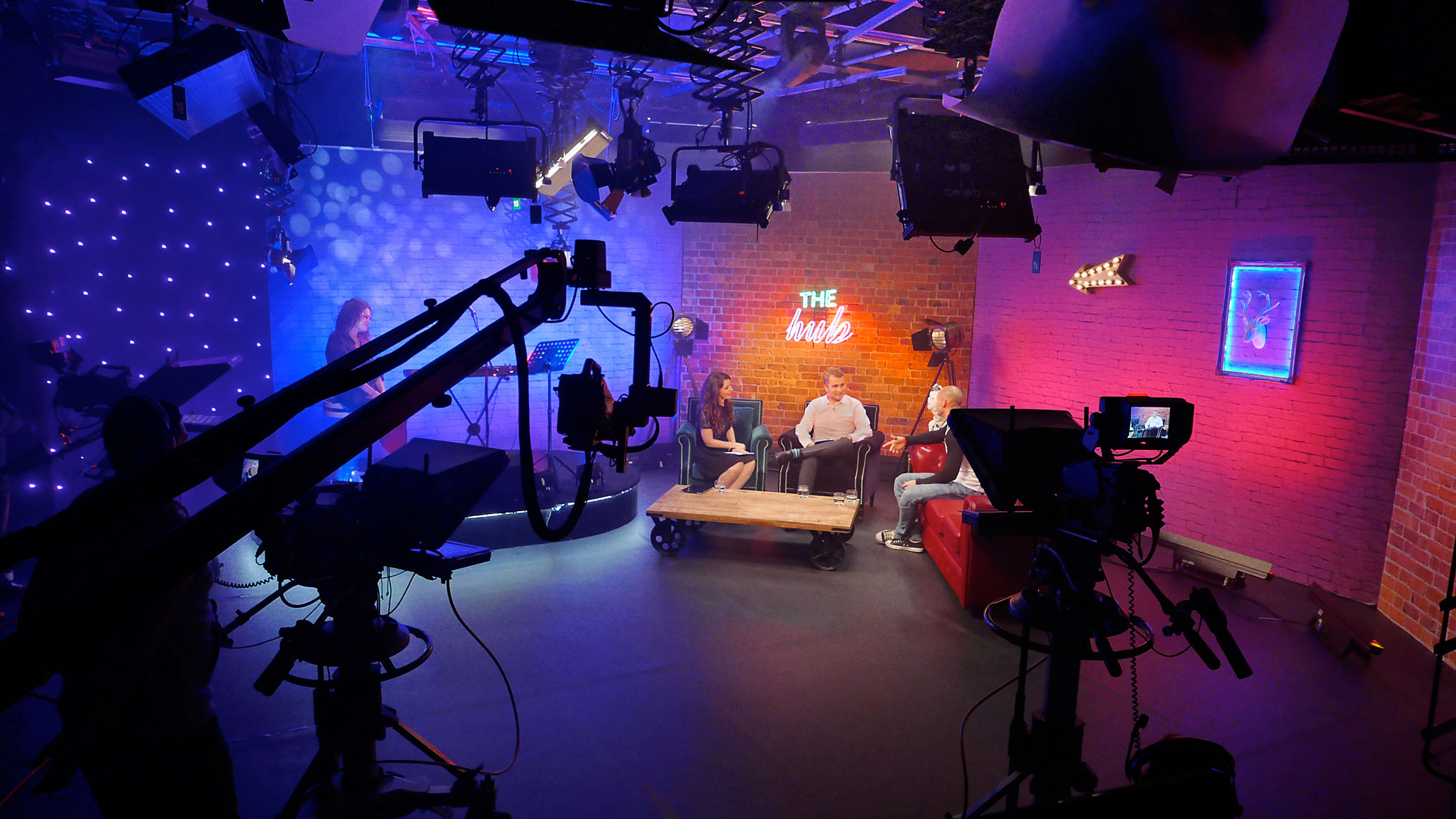Introduction
Lighting has always been an essential element in photography and videography, defining the quality, depth, and overall mood of an image or scene. Over the decades, lighting technology has evolved significantly, transitioning from traditional incandescent and tungsten lights to sophisticated LED systems that offer versatility, efficiency, and control. This article explores the advancements in professional lighting, their impact on the industry, and what the future holds for lighting technology.
Historical Perspective on Lighting in Photography and Videography
In the early days of photography, natural sunlight was the primary source of illumination. Photographers relied on open spaces or large studio windows to capture well-lit images. However, as photography advanced, artificial lighting solutions such as gas lamps and tungsten filament bulbs became more prevalent.
During the mid-20th century, fluorescent and halogen lights became more popular, offering better energy efficiency and color accuracy. Flash photography also emerged, allowing photographers to freeze motion and work in low-light conditions.
The digital era revolutionized lighting once again. LED (Light Emitting Diode) technology became the industry standard, providing better energy efficiency, color temperature control, and longevity compared to traditional lighting sources.
Key Advancements in Modern Lighting Technology
-
LED Lighting
- Energy-efficient and long-lasting.
- Adjustable color temperature (bi-color LEDs).
- Flicker-free operation, ideal for high-speed cameras.
-
Wireless and Smart Lighting Control
- Remote-controlled lighting systems with smartphone apps.
- DMX and Bluetooth connectivity for easy adjustments.
-
Portable Lighting Solutions
- Battery-powered LED panels and ring lights for on-the-go shoots.
- Compact and lightweight solutions for travel photography and outdoor videography.
The Future of Professional Lighting
The future of lighting technology is expected to focus on greater automation, AI-driven lighting adjustments, and even more energy-efficient solutions. With developments in smart lighting, professionals will have greater control over their setups, ensuring optimal results in any environment.

